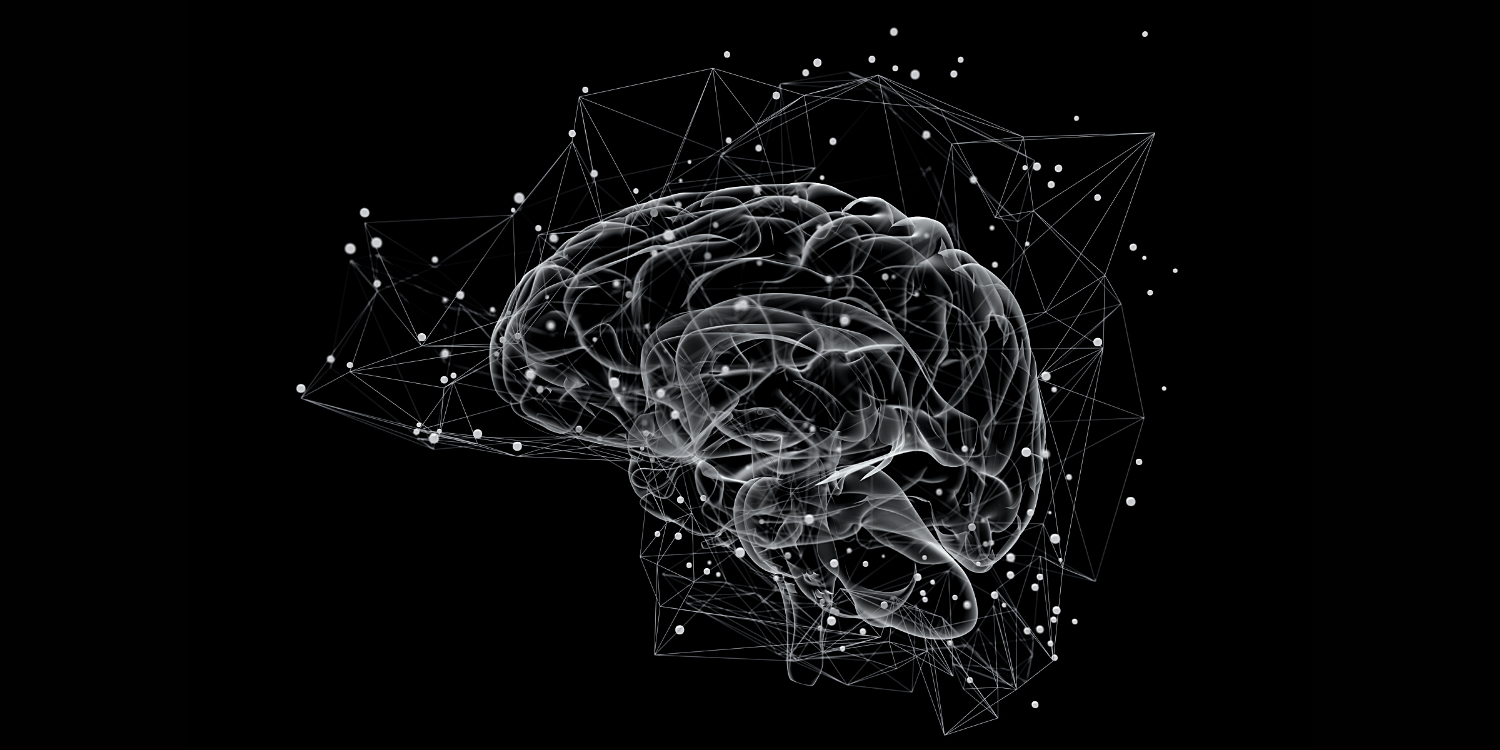
Brain Waves While We Sleep
Intro to sleep architecture
When we sleep, our brain is buzzing 🧠⚡ with a symphony 🎶 of activity that can be detected by electrodes placed on the head – a method we call electroencephalography (EEG).
Scientists now know that sleep is a highly complex and dynamic activity. Over a night of sleep, the brain progresses through stages of activities, like distinct movements in a symphony.
Each sleep stage is different and provides unique benefits for your brain and body at various times of the night.
Alpha: Transition
While we are falling asleep, our brain pulses with steady and rhythmic brain waves known as alpha waves, which then switch to theta waves the further we go. During this phase, we are aware of our surroundings but feel relaxed and calm.
Interestingly, we can experience alpha waves during the day when we daydream or meditate.
NREM 1
During NREM 1, the EEG shows a pattern known as theta waves. During this stage, body temperature drops and muscles relax.
Did you know? People experience NREM 1 differently. Some will say they were asleep during this time while others feel they never lost consciousness. Their EEG measurements are the same!
NREM 2
In this stage, heart rate and breathing slow. EEG shows irregular brain waves interspersed with bursts of electrical activity lasting for about 1-3 seconds called sleep spindles.
Sleep spindles are involved in improving learning and memory during sleep.
NREM 3: “Deep Sleep”
This stage is sometimes known as “deep sleep” because the brain is most powered off during this time. The EEG shows large slow brain waves, known as delta waves.
This stage of sleep helps the body repair, so this stage is most connected to the experience of feeling refreshed. Because the focus of deep sleep is the body, intense physical activity can increase the amount of time you spend in “deep sleep.”
Most deep sleep occurs during the first half of the night, and many people report feeling more deeply asleep during this time.
Deep sleep offers many benefits to your brain and body, including lowering blood pressure, enhancing your immune system, reducing anxiety, and also cementing new memories.
REM: Dreaming Sleep
Rapid-eye-movement sleep (REM) can feel like lighter sleep because our brain and body are so active. Body temperature rises, and heart rate and breathing speed up to daytime levels.
As the name “rapid-eye-movement” suggests, eyes flit back and forth as if watching an exciting movie. REM is when dreams are most vivid (although we can also experience dreaming in the NREM sleep).
REM sleep nourishes the mind. Studies show that REM sleep supports learning, memory, and emotional processing.
What happens when
When we sleep, we first experience Alpha waves and then rotate through the four stages in cycles.
Each sleep cycle starts with NREM 1, then NREM 2, then NREM 3, finally ending with REM. Unless we wake up, when a sleep cycle ends, another begins.
On a typical night, we will go through 4 to 6 sleep cycles.
It’s normal for sleep cycles to change in length over a night. Our first cycle is usually the shortest. Early on, we spend more time in NREM sleep than REM. As we continue to sleep, each cycle gets longer, and time spent in REM also increases.
References
Division of Sleep Medicine at Harvard Medical School. (2007, December 18). Natural Patterns of Sleep | Healthy Sleep. Retrieved March 21, 2021, from http://healthysleep.med.harvard.edu/healthy/science/what/sleep-patterns-rem-nrem
The National Sleep Foundation. (2020) What Are the Sleep Stages. Retrieved March 21, 2021
The National Sleep Foundation. (2020) What is REM Sleep. Retrieved March 21, 2021
Aserinsky E, Kleitman N. 1953. Regularly occurring periods of eye motility, and concomitant phenomena, during sleep. Science. 118:273-274.
